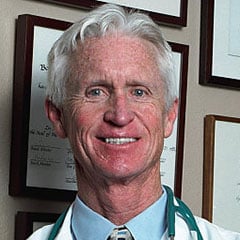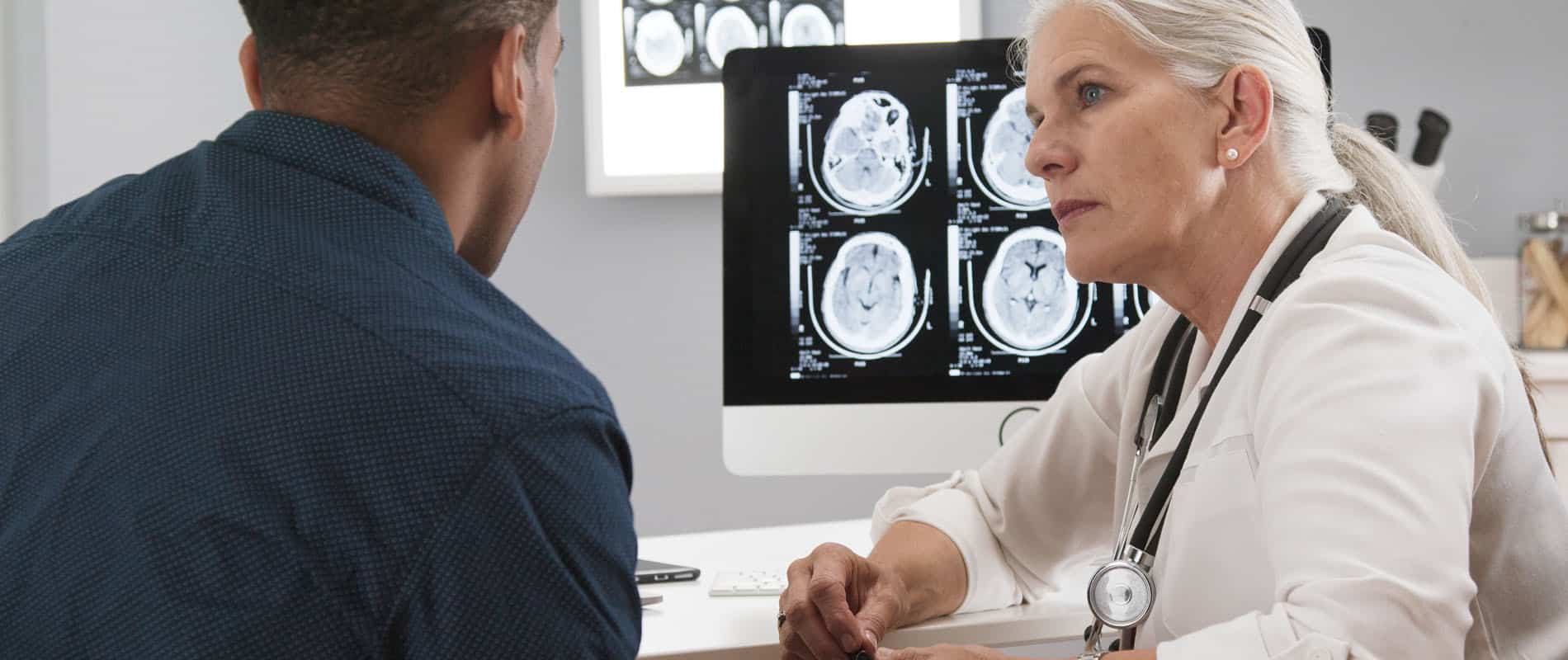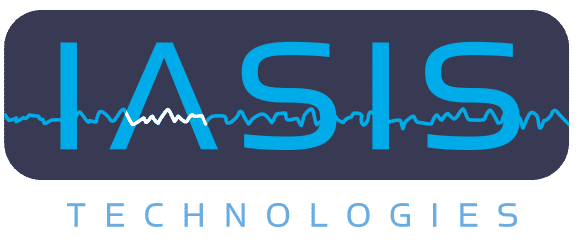Restoring Injured Brains to Normal Function Is Now Possible
Restoring Injured Brains to Normal Function Is Now Possible
By Dr. Frank Shallenberger
Published date: September 2018
Football season is here and you’re going to be hearing a lot about concussions. It happens every season. While you may not play football, injured brains are a reality for many people. Whether it’s a fall, a car wreck, or a sports injury, these types of brain injuries are very common.
And they dramatically affect the lives of those who suffer the brain injuries. That’s because post-concussion symptoms can include fatigue, headaches, visual disturbances, memory loss, poor attention/concentration, sleep disturbances, dizziness/loss of balance, irritability/emotional disturbances, seizures, nausea, loss of smell, sensitivity to light and sounds, mood changes, getting lost or confused, and slowness in thinking. Some people with injured brains never function normally again.
Wouldn’t it be great if there was a way to heal the damage of a concussion and restore the injured brains to normal? If there was such a treatment, we could use it to treat any kind of damage to neurological tissue (brain and nerve cells). This type of treatment would be a miracle, as these injured brain cells do not replicate themselves. That’s why it is so hard for patients to recover after a stroke or injured brains.
One example of this is a condition I have reported on before called Mild Traumatic Brain Injury or mTBI. Despite the name, mTBIs are often anything but “mild.” In addition to football players, they are a fairly common occurrence in our soldiers. These injuries usually happen during an explosion in which there is either a direct and/or a concussive injury to the brain.
The treatment so far is to give drugs and psychological counseling. But this approach is usually only minimally helpful because it focuses only on symptoms and does not correct the damage. However, there is reason for hope. Recently, I learned about a study that used low impulse transcranial electrical stimulation to turn around several serious cases of mTBI. Let me introduce you to Dr. Mingxiong Huang.
Low Impulse Transcranial Electrical Stimulation Study
Dr. Huang recently presented a newly published paper to our American Academy of Ozonotherapy. He is currently a Professor in the University of California, San Diego’s Department of Radiology. He is also a career research health scientist and physicist at VA’s San Diego Healthcare System, and is the Co-Director of the UCSD magnetoencephalography (MEG) Center. Dr. Huang is also one of the leaders in the development of MEG imaging techniques.
MEG imaging is unique in that unlike other brain imaging, such as CT, SPECT scanning, and MRI, it is able to directly measure brain functional activity. And it can do this extremely accurately. So instead of just getting a picture of the brain tissue, MEG imaging can tell you just how well different areas of the injured brains are functioning.
According to one of the other authors of the study, Roland Lee, MD, “Our previous publications have shown that MEG detection of abnormal brain slow-waves is one of the most sensitive biomarkers for mild traumatic brain injury (concussions), with about 85% sensitivity in detecting concussions and, essentially, no false-positives in normal patients. This makes it an ideal technique to monitor the effects of concussion treatments, such as transcranial electrical stimulation.” And so, that is exactly what these researchers did.
IASIS Micro Current Neurofeedback
They used a form of low-impulse transcranial electrical stimulation to the brain called IASIS Micro Current Neurofeedback. I have reported on Micro Current Neurofeedback before. It’s an incredible treatment that we’ve been successfully using in the clinic for the past four years to treat a wide body of problems, including mTBIs and concussions, attention
deficit disorders, chronic Lyme syndrome, insomnia, PTSD, headaches, anxiety, and mood disorders.
The treatment is completely safe, and involves applying very low current frequencies directly to the brain with electrodes placed on the head. Here’s what Dr. Huang and his colleagues did.
They gave the IASIS Micro Current Neurofeedback treatments to six marines who had suffered an mTBI and were still experiencing postconcussion symptoms. The IASIS treatments took about an hour, and they gave the treatments twice a week for six weeks. Before and after the treatment period, the effects of the treatment were monitored with MEG imaging. I think you will find the results amazing.
Before the treatment began, the MEG scans of the brains of all six marines, as expected, were abnormal. Previous studies have shown that the greater the amount of symptoms a patient has from mTBI, the greater the amount of damage that shows up on the MEG scan.
Following the treatment, the MEG scans showed considerable improvement in the abnormal brain function in five of the six soldiers. Basically, in these five marines, instead of just covering or learning to live with the symptoms with drugs and counseling, the IASIS Micro Current Neurofeedback treatments were able to actually repair the injured brains.
This is a game changer for anyone suffering from an mTBI or post-concussion syndrome! Not only did the damage decrease, the five marines also reported a 50% reduction in their symptoms! The sixth marine did not show any improvement on either the MEG or in his symptoms. Apparently, he needed a much more intensive time of therapy.
According to Dr. Huang, “For the first time, we’ve been able to document with neuroimaging the effects of transcutaneal microcurrent stimulation (IASIS) Micro Current Neurofeedback treatment on brain functioning in mTBI. It’s a small study, which certainly must be expanded, but it suggests new potential for effectively speeding the healing process in mild traumatic brain injuries.”
After his presentation at the AAO meeting, I had the opportunity to talk with Dr. Huang about the unresponsive sixth patient and combining IASIS Micro Current Neurofeedback treatments with ozone therapy. I suggested this because at the clinic we have even better results using that combination because damaged brain tissue also responds to ozone therapy. Also, we have found that some cases need the treatments more than twice a week.
Here’s why this is so important: mTBIs are a leading cause of sustained physical, cognitive, emotional and behavioral problems in both the civilian population (primarily due to motor vehicle accidents, sports, falls, and assaults) and among military personnel (blast injuries). In most cases, the injury resolves in days. But in a significant percentage of cases, mTBIs and related postconcussive symptoms persist for months, even years, resulting in chronic, long-term cognitive and/or behavioral impairment.
If you are plagued with an injured brains or any of the symptoms of mTBI or post-concussion syndrome, please find the closest IASIS Micro Current Neurofeedback practitioner and start on the road to repair. You can find that person at: www.microcurrentneurofeedback.com. You can find doctors trained in ozone therapy at the academy website, aaot.us. And if you can find a practitioner who does both, you are really in good shape.
References:
Huang MX, Swan AR, et al. Brain Inj. 2017;31(13-14):1951-1963. A pilot treatment study for mild traumatic brain injury: Neuroimaging changes detected by MEG after low-intensity pulse-based transcranial electrical stimulation.
Transcranial Electrical Stimulation Shows Promise for Treating Mild Traumatic Brain Injury, September 28, 2017 | Scott LaFee, https://health.ucsd.edu/news/

Frank Shallenberger
Frank Shallenberger is a board certified physician in anti-aging medicine, founder and medical director of The Nevada Center of Alternative and Anti-Aging Medicine in Carson City, Nevada.
To share the IASIS Technologies International news article, click on the social media application of choice below.





